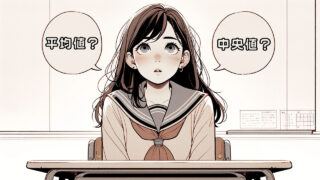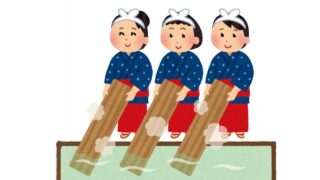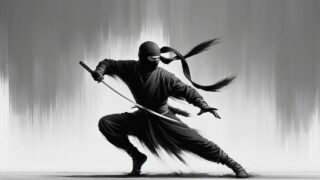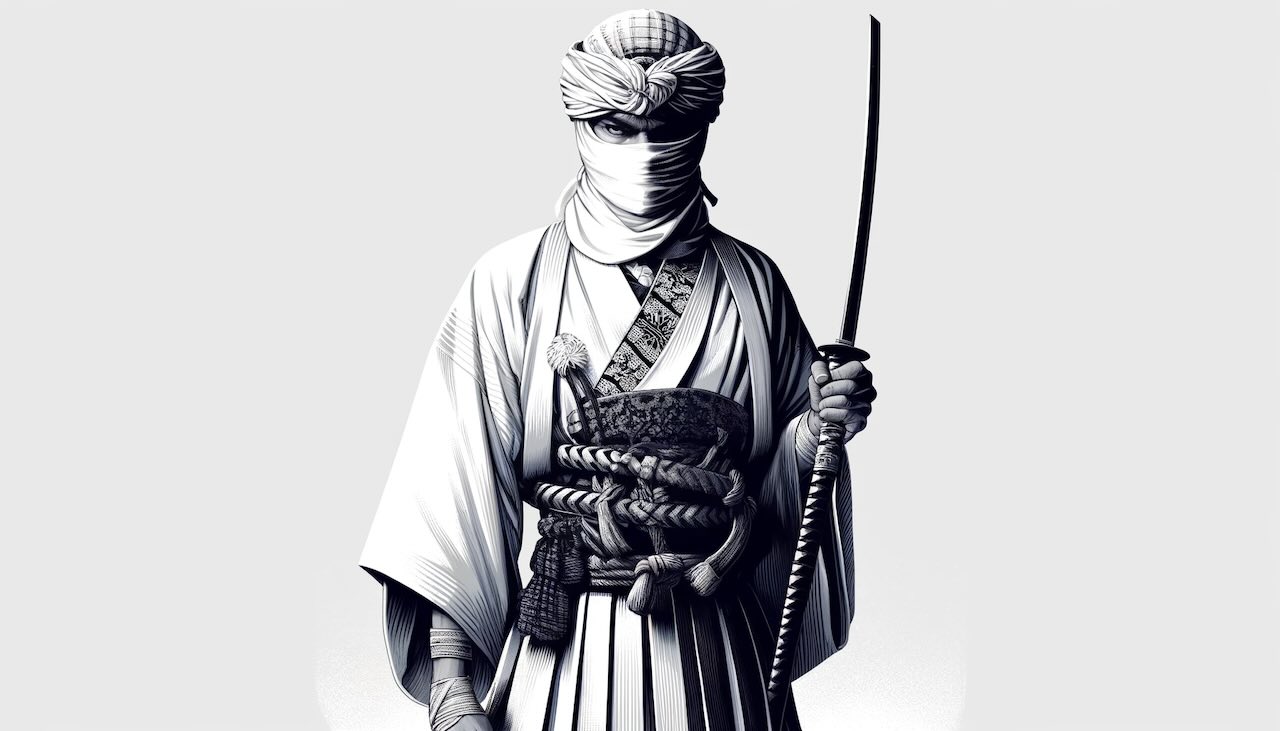In the history of Japan, sohei, or warrior monks, were a unique and influential group who combined religious devotion with martial prowess. Despite the seemingly contradictory nature of their roles, sohei played a significant part in shaping Japan’s medieval era. In this article, we’ll delve into the origins, roles, precepts, and historical impact of these fascinating figures.
The Emergence and Rise of Sohei
The origins of sohei can be traced back to the late Heian and early Kamakura periods (12th-13th centuries) in Japan. During this time, Buddhist temples amassed significant power and wealth, necessitating the use of force to protect their interests. Additionally, some monks came from warrior backgrounds and were skilled in martial arts. These factors combined to give rise to the sohei.
Initially, sohei were primarily focused on defending their temples. However, as time passed, they began to wield significant political and military influence. Notable groups, such as the Tendai monks of Enryaku-ji on Mount Hiei and the Todai-ji monks known as the “Great Buddha Faction,” left a lasting mark on Japanese history through their conflicts and alliances with the ruling powers of the time.
Roles and Organization of Sohei
The primary duties of sohei were to defend their temples from external threats and to protect the temple’s lands and assets. To fulfill these roles, they were armed with weapons such as swords, bows and arrows, and even firearms in later periods.
Sohei were organized within their temples, undergoing both religious training and martial arts practice. Some sohei, known as “hoshi musha” (warrior priests), were renowned for their exceptional martial skills.
In addition to their martial duties, sohei also participated in religious ceremonies and rituals, such as those honoring the guardian deities of their temples.
Sohei and Buddhist Precepts
Buddhist precepts generally prohibit the taking of life and the bearing of arms. However, special dispensations were made for Japanese sohei, allowing them to fight in defense of their temples and the Buddhist faith, with the understanding that they should minimize bloodshed and avoid harming non-combatants.
This unique interpretation of precepts can be attributed to the syncretic nature of Japanese Buddhism, which incorporated elements of Shinto. In this context, protecting the gods was seen as equivalent to upholding the Buddhist law, thus justifying the sohei’s actions.
However, the existence of sohei was not without controversy, as their involvement in warfare could be seen as contradictory to the fundamental teachings of Buddhism and detrimental to their spiritual pursuits.
The Impact of Sohei on Japanese History
Sohei had a profound impact on Japanese history. They contributed to the expansion of temple power, creating a foundation for the political and economic influence wielded by religious institutions. Sohei also played a role in the rise of the warrior class, with some warriors learning martial arts from the monk warriors.
Conversely, sohei were sometimes seen as a symbol of corruption and moral decline within the Buddhist establishment. During the Sengoku period (15th-16th centuries), violent conflicts involving sohei became more frequent, leading to calls for reform within the Buddhist community. The influence of sohei gradually waned during the Edo period (17th-19th centuries).
The Significance of Sohei in Modern Times
Although sohei no longer exist in contemporary Japan, their legacy continues to offer valuable insights into the complex relationship between religion and violence, as well as the interpretation of religious precepts.
The relationship between religion and violence remains a complex issue in modern society, with religious beliefs often being exploited to justify conflicts. The history of sohei prompts us to consider the ethical implications of religious figures engaging in warfare and the potential consequences of such actions.
Moreover, the interpretation of precepts is an ongoing challenge for religious leaders in the face of evolving social contexts. The example of sohei provides a historical lens through which to examine this issue.
Conclusion
The sohei, or warrior monks, of medieval Japan were a unique phenomenon that combined religious devotion with martial skill. Their existence serves as an important case study for examining the relationship between religion and violence, the interpretation of precepts, and the distinctive characteristics of Japanese Buddhism.
For modern readers, the history of sohei offers valuable insights into the complex interplay between religion and society. The questions raised by their existence remain as relevant today as they were centuries ago.





















